A rice cooker is only as good as the bowl which you are cooking the rice in. You can have all the bells and whistles you can get on your rice cooker but it is of little help if your inner bowl is made of poor quality material.
Rice cookers have all kinds of varieties of bowl materials. You have to consider various factors when considering what makes a good bowl. These are thickness, coating, non-stickiness, healthiness, ease of use (handles), weight, appearance, level line markings etc. We will discuss these now.
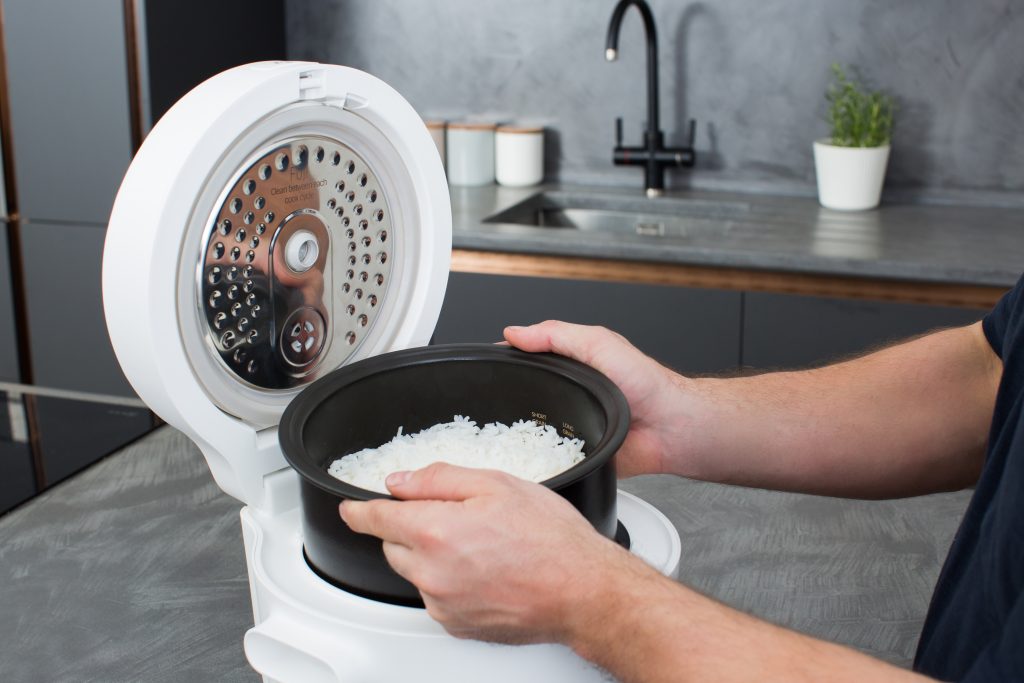
THICKNESS – Bowls range from thin (1mm) to thick (>5mm) in wall type. Which is better you may ask? Well, this is where things get a little complicated. Thick is good because the heat is more evenly distributed but it can take a lot longer to heat up depending on the material and the type of heat being applied. Induction Heating methods (IH) works best with thicker bowls as the heat can be directly applied to the metal contained within the bowl walls. For example, if the thick walls contain elements that heat easily (aluminium for example) then they can heat more readily.
Note that the aluminium layer doesn’t have to be in contact with the food side layer of the bowl to work. it just has to be within the wall layer to heat up. Thin walls can get hot quickly but usually have thin coatings that more easily disintegrate. The heat applied to thin walled bowls is often too rapid and unevenly distributed resulting in, uneven cooking or even localised burning of rice.
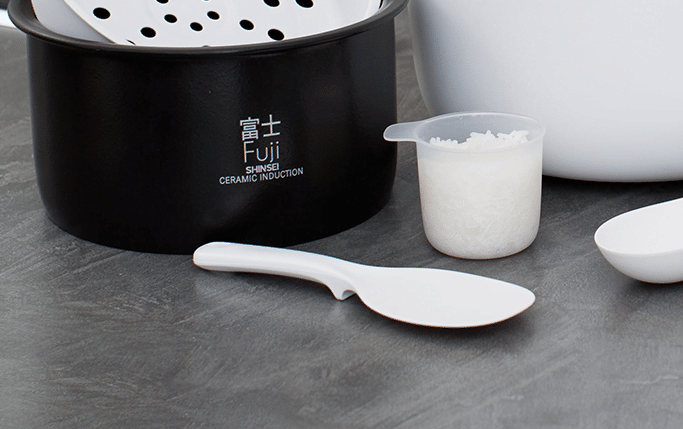
MATERIALS AND COATINGS – Bowls are often composed of multiple layers to give durability, strength, heat conduction, flexibility or even add flavour to the rice. However, the most important layer of a rice cooker inner bowl the inner coating. This is the layer which will be in contact with you rice so you want this to be as healthy as possible. Basic rice cookers often have bowls which are basic thin aluminium with a non-stick coating such as Teflon or similar. Whilst the non-stick coatings are very good at preventing sticking, some people have an issue with the chemicals used in the coating.
Then you can have stainless steel inner bowls which are great with regards to reducing any chance of chemical contamination however, hot stainless steel does not play well at all with rice often resulting in a horrible sticky burnt mess that is incredibly difficult to remove (think glue!).
Other bowls can have ceramic inner coatings which sit on top of other layers. These ceramic coatings use simple inert silica which are nano attached to the sublayers. If applied correctly the ceramic layer is highly durable, very healthy, very easy to clean and a much better alternative to chemical non-stick coatings. The final type we will discuss here are the natural materials such as pure handmade ceramic materials. These are excellent health wise and for longevity but usually fall down in their ability to absorb heat evenly because of the natural material.
The ultimate rice cooker bowl is one that is a hybrid of both natural material but has built in heat conducting material to balance the heat applied to the rice in the bowl.
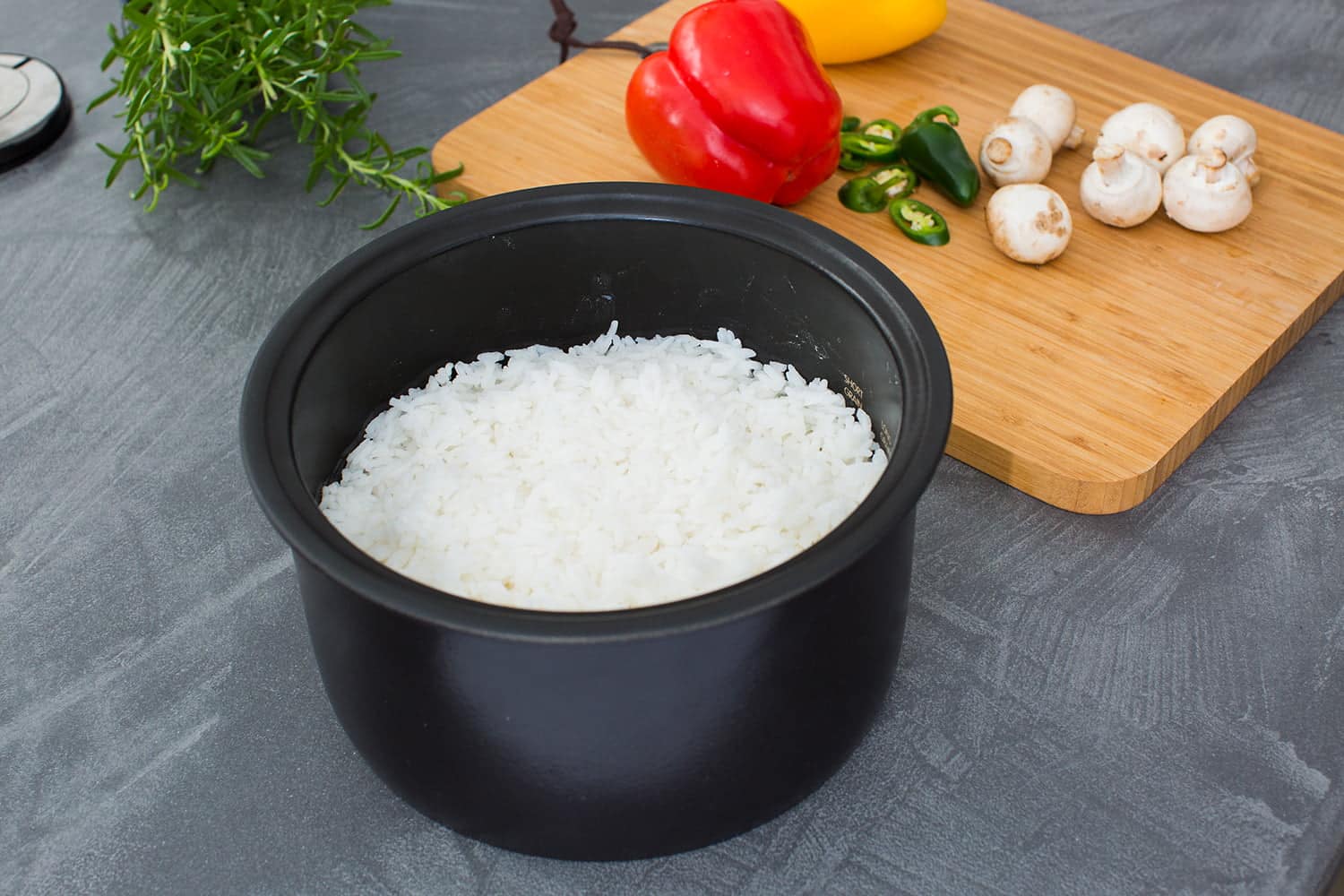
HEALTHINESS AND FLAVOUR – Nobody likes chemicals around their food right? So the more stable the rice cooker bowl material is, the better! A trend right now is for food contact surfaces of rice cooker bowls to move towards healthy natural materials such as ceramic, pure carbon, diamond powder or even copper. However, some materials have drawbacks. For example, copper bowls have the same issue as stainless steel bowls with very sticky results.
Pure carbon is extremely expensive to make and are quite fragile and often absorb too much heat to be controlled easily. Which leaves ceramic materials well placed for good healthy rice cooking. Even better is that pure ceramic material bowls can actually move the wavelength of the infrared heat applied to give more controlled manipulation of cooking temperatures. Also the ceramic material porosity and natural insulation properties causes heat and moisture to circulate throughout pot differently. This can enhance the flavour and texture of the rice and be safe/healthy at the same time.
So as you can see, some materials even have the ability to enhance the flavour of rice and allow for other functional uses other than simple basic rice cooking.
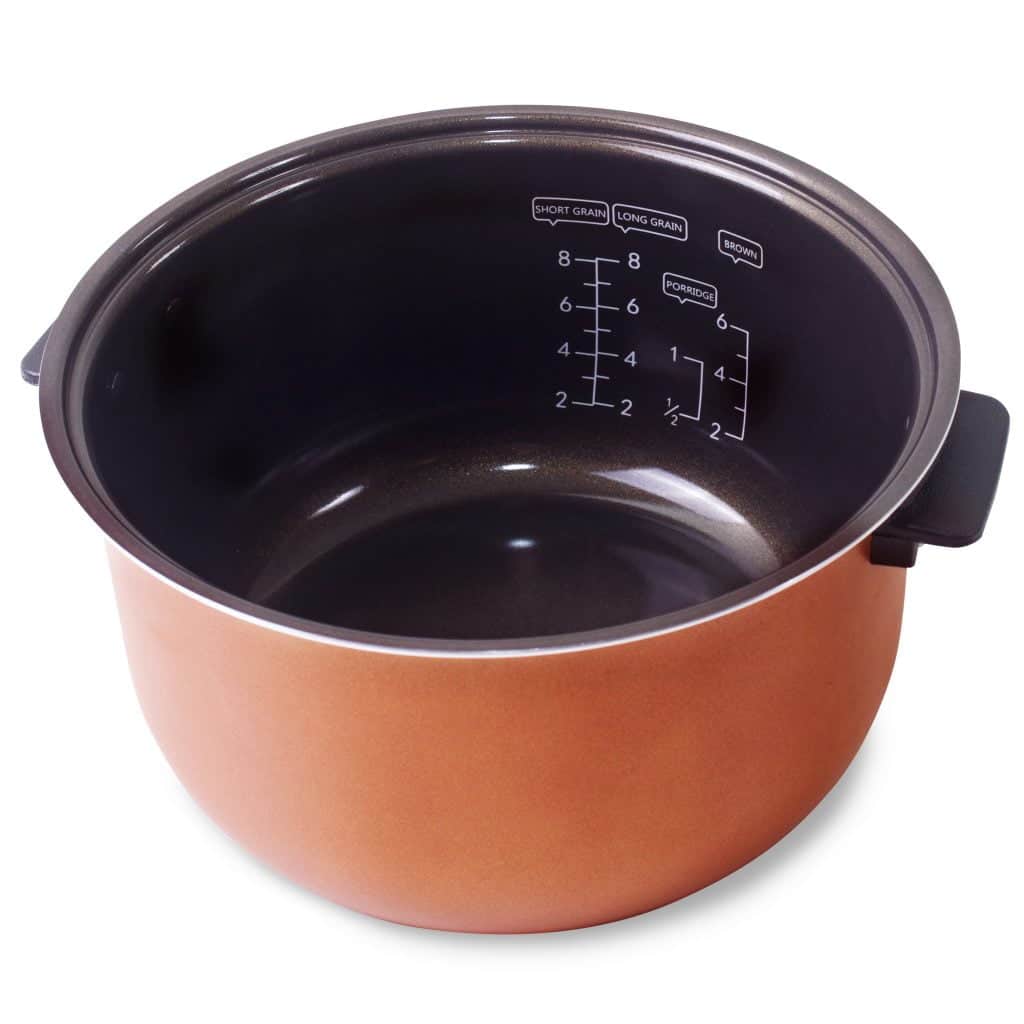

APPEARANCE AND EASE OF USE – If a bowl is made correctly it will simply look great and feel awesome with a good weight and thickness. You could even serve out of it on your dining table so you may want it to look like something your friends would wow at. Some bowls have handles to assist you when lifting the bowl out of the cooker or moving it around.
Aesthetics are important but also some bowls have rice measuring level lines. These lines are there to assist you to get the exact quantities of water needed for perfect rice. The more basic rice cookers will have bowls with just one simple white rice level line gauge or even no markings at all. Moving up to the more advanced bowls you would expect to find level lines for other rice types which require different water amounts such as for brown rice, short grain, porridge etc. How the lines appear and survive the harsh cooking conditions of a well used rice cooker is also important. Are the level lines stamped on the bowl, silk printed on the bowl or a type of transfer? Stamped lines are good and very hard wearing as they are dented into the bowl material itself (usually metal bowls) where as silk print is usually longer lasting than transfer print lines and are easier to read than stamped lines.
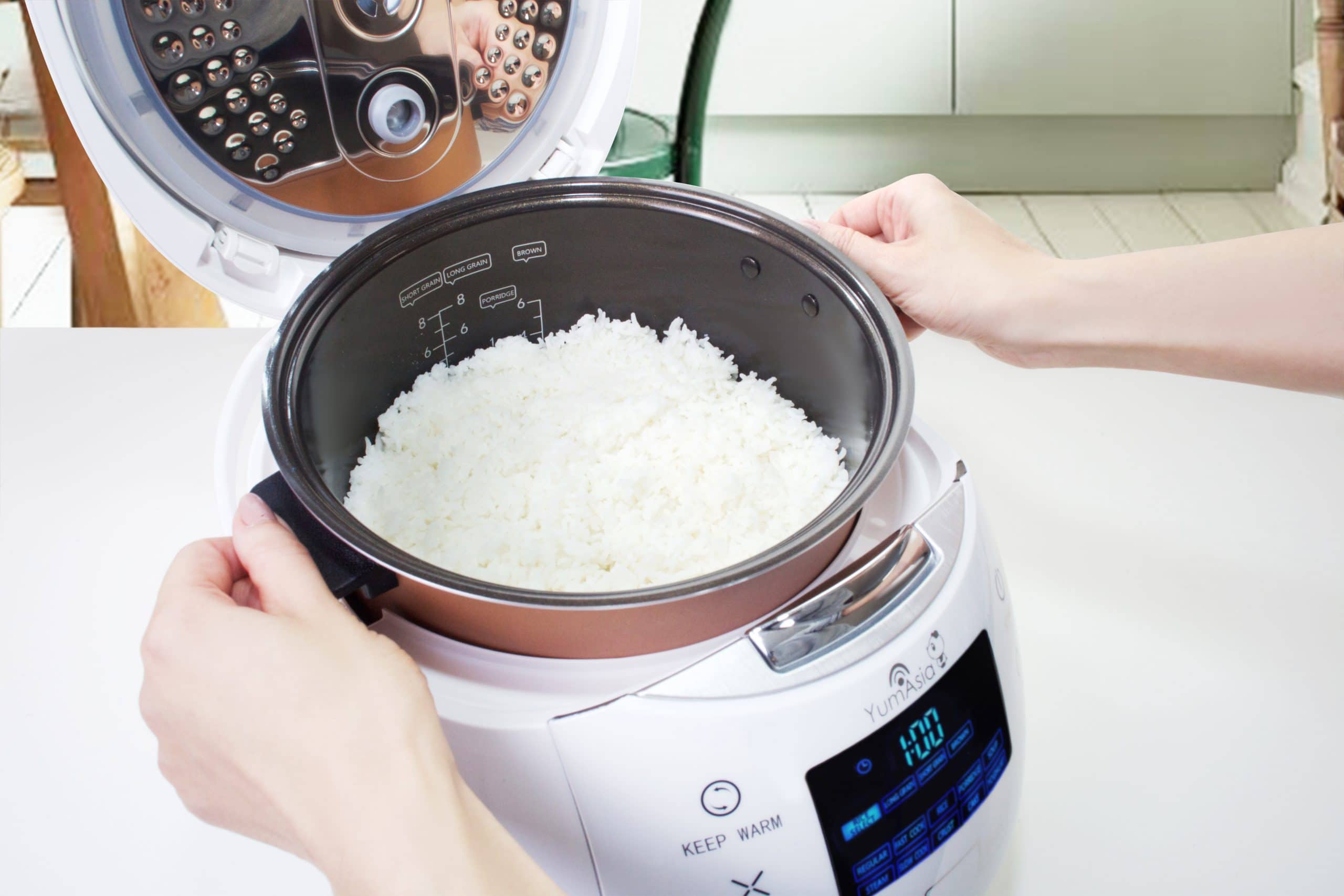
MAKING YOUR INNER BOWL LAST – If looked after correctly your bowl should last you several years without needing replacing. The more basic the bowl the less time it will last however so it is extremely important to take your time to choose the right rice cooker that has a durable bowl type.
If the food contact inner surface of the bowl is good quality and of sufficient non stick properties or a natural material then at most you should only have to wipe with a damp cloth at the end of cooking rice to refresh your bowl. Also make sure that the underneath of the bowl is wiped dry as any remaining water left can discolour the rice cooker heating element.
The use of dishwashers is not advised for cleaning most bowl types due to the intense and harsh cleaning caused by the dishwasher which also uses chemicals that can pit and damage natural coating. If a manufacturer says their rice cooker bowls can be used in dishwashers then it is highly likely that the material is chemically resistant which would suggest that the bowl has a type of chemical coating itself in it’s protective layers which is not considered healthy.
THE RICE COOKER INNER BOWLS OF YUM ASIA
Yum Asia has 3 bowl types for their premium rice cookers – Ninja, Joubu and Shinsei. They are all using ceramics for healthy and durable cooking with slightly differing properties and characteristics. They are as follows:

2mm Thick Ceramic Coated with either stamped (Panda rice cooker) or silk print (Sakura and Kumo) rice level lines. Has carry handles on Sakura Ninja bowls.

3mm Thick Ceramic Coated with silk print rice level lines. Has carry handles. Available on Bamboo IH rice cookers

5.5mm Thick handmade pure ceramic material with silk print rice level lines. Available on Fuji IH rice cookers
Yum Asia rice cookers are available from www.yumasia.co.uk or here Kumo, Panda, Sakura, Bamboo, Fuji








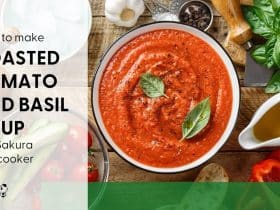
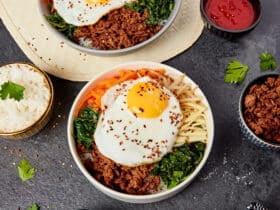
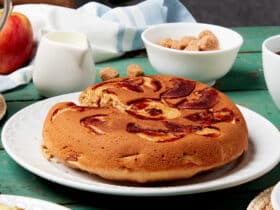
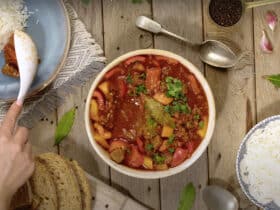
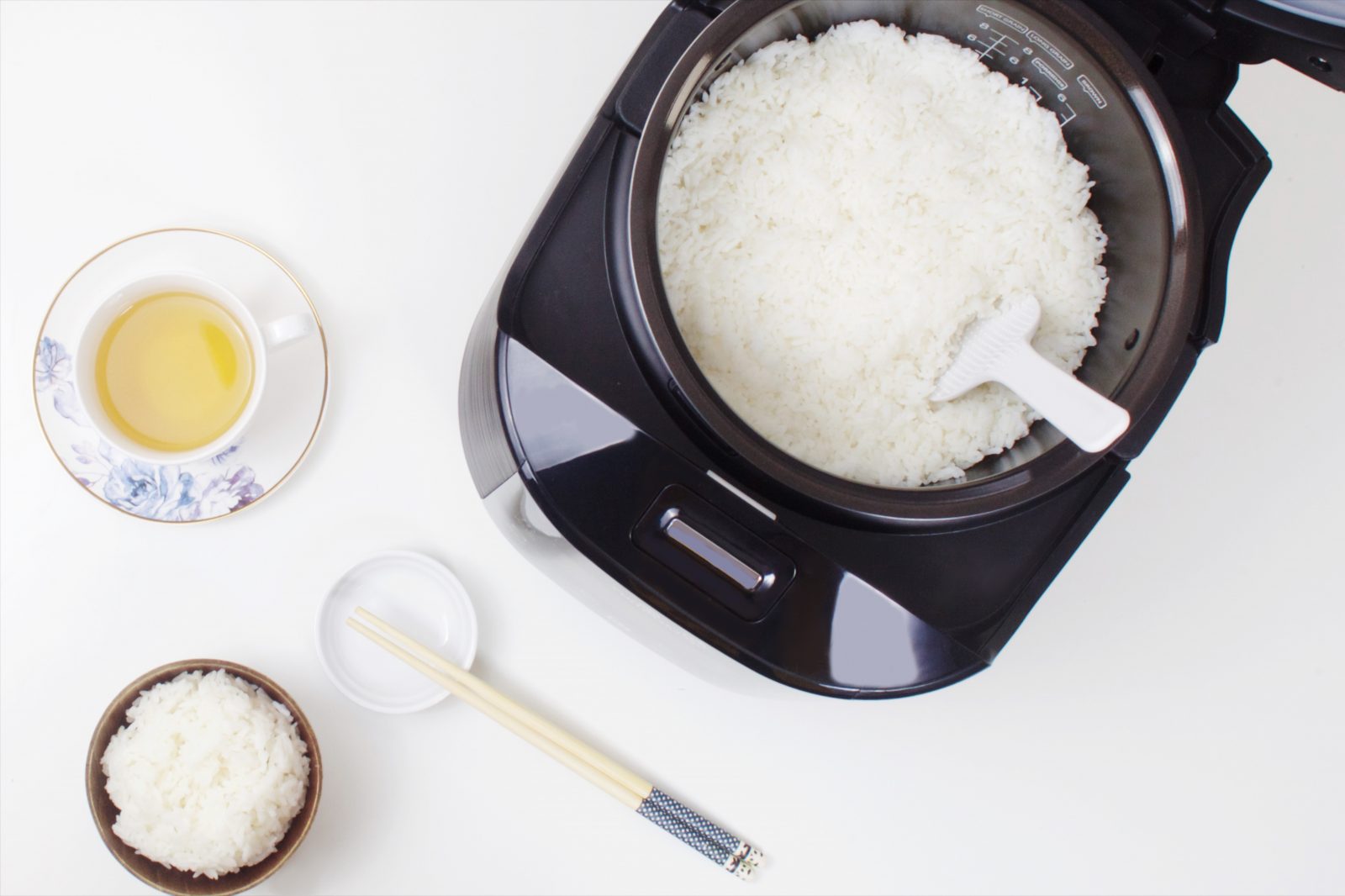

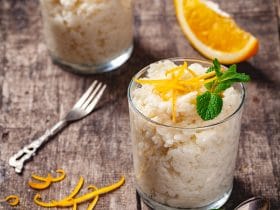
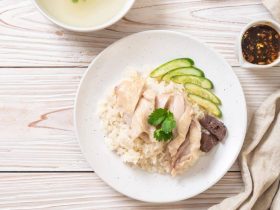
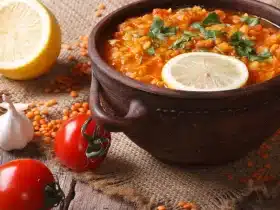

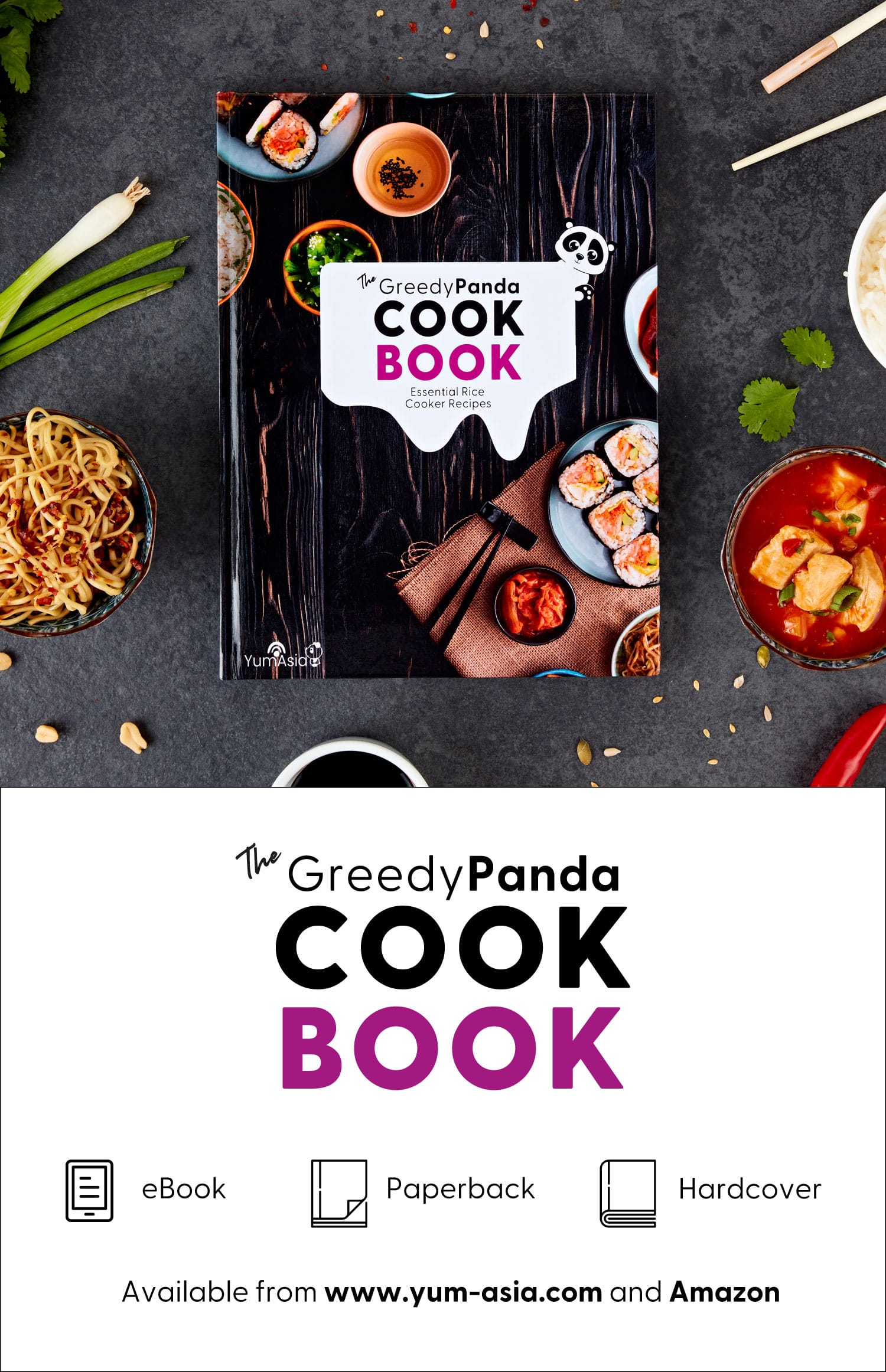
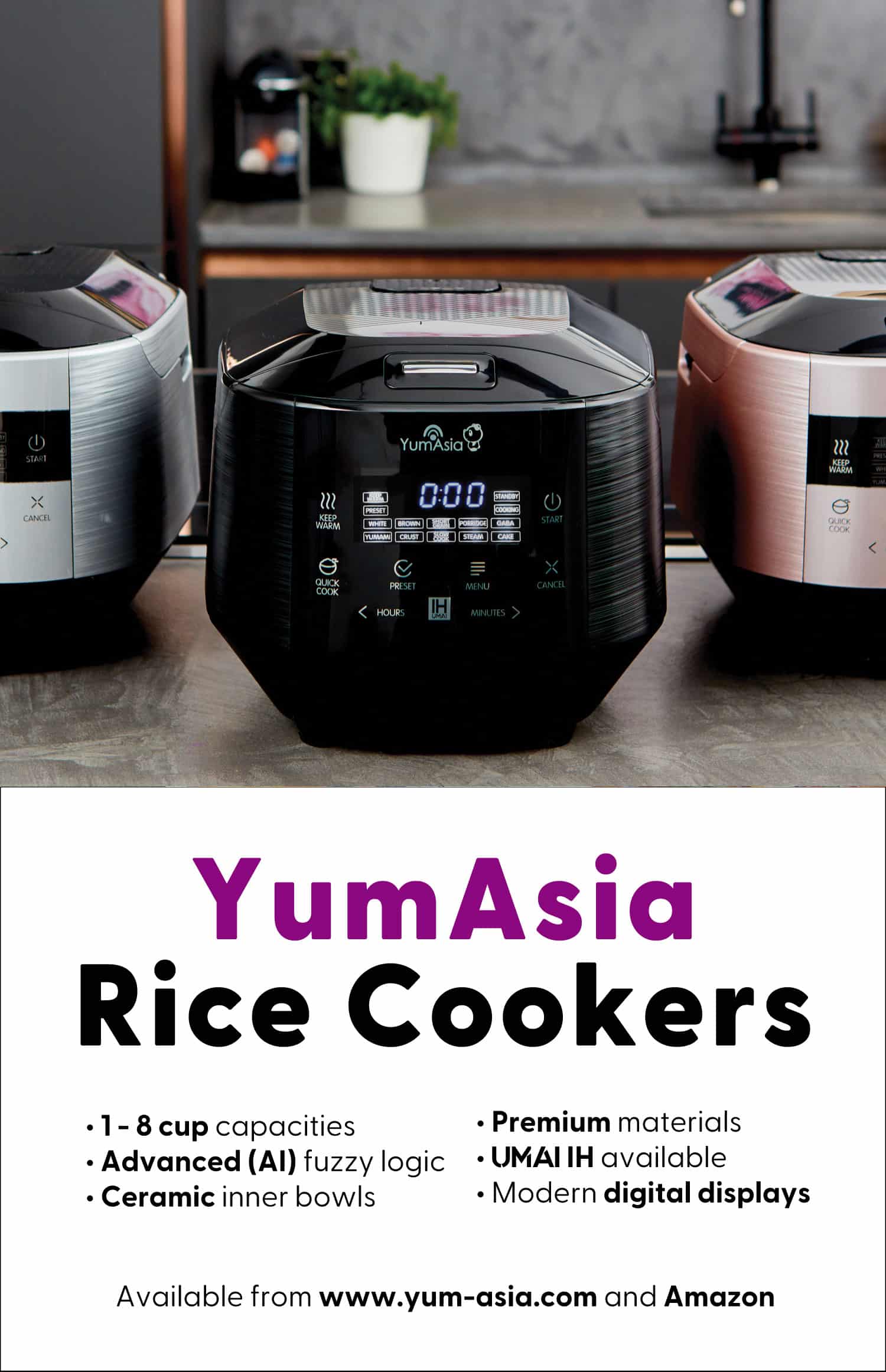
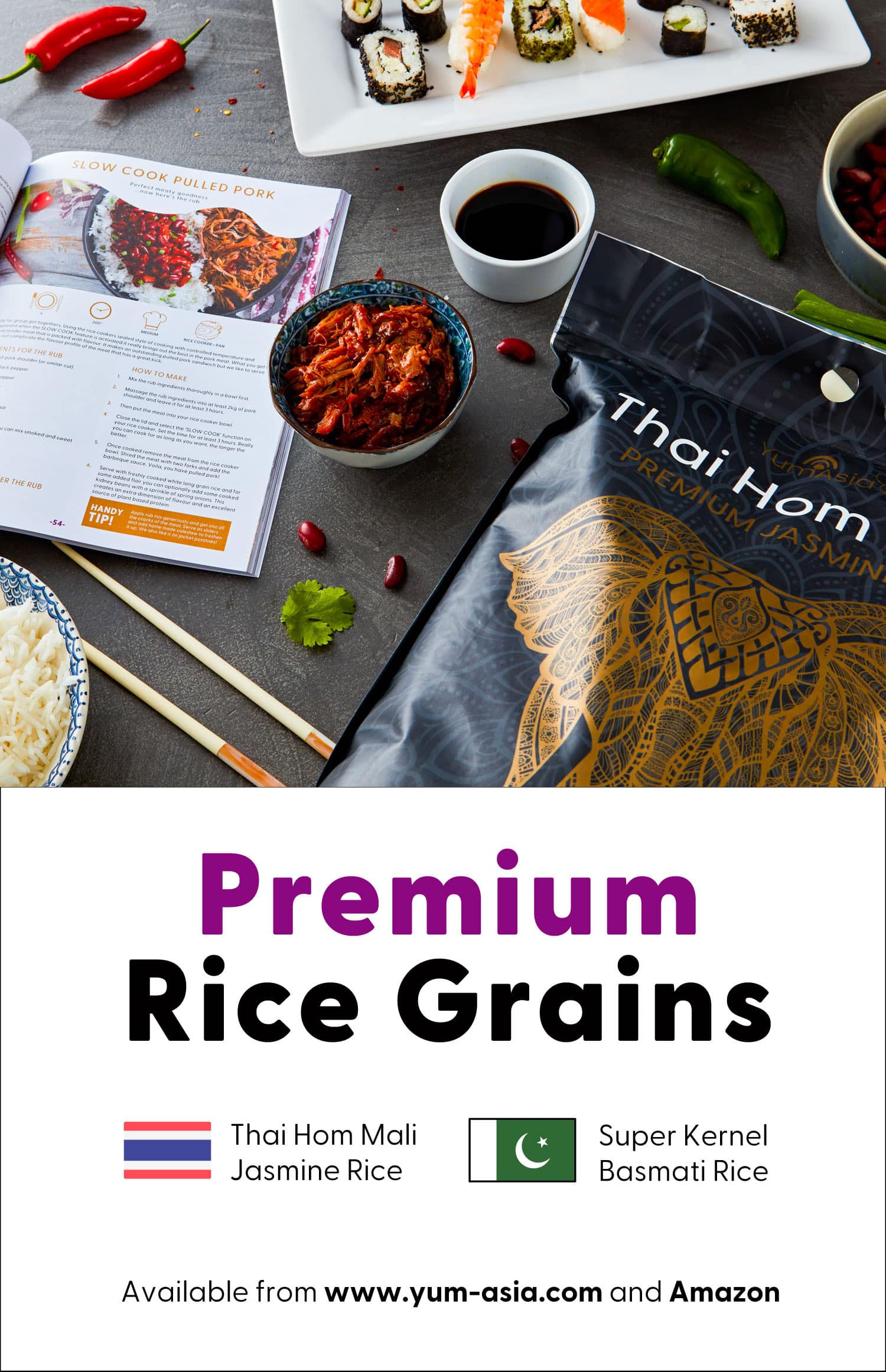
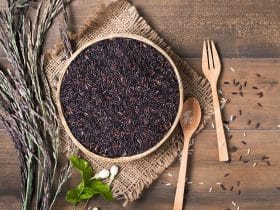
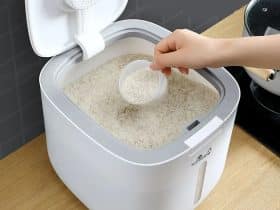
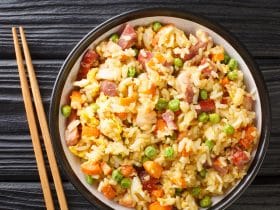
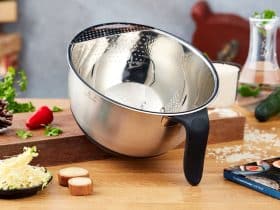

Leave a Reply